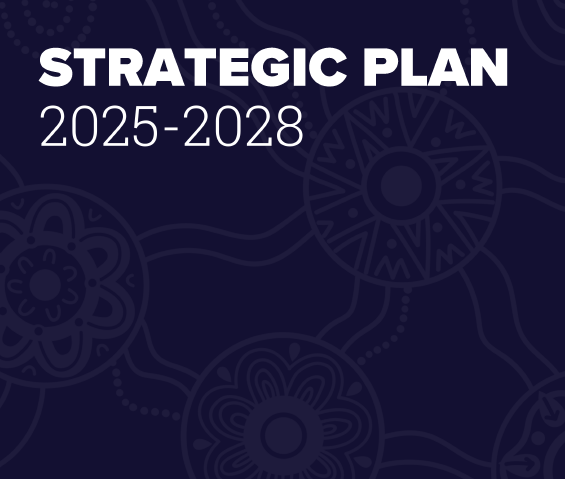Robe River Kuruma Aboriginal Corporation (RRKAC) is the representative body for the Robe River Kuruma (RRK) People across the Pilbara region of Western Australia For over 30,000 years, the RRK People have cared fo...
QYAC’s traditional decision-making processes

The Quandamooka Yoolooburrabee Aboriginal Corporation (QYAC) governance structure is based on a decision-making process decided by Quandamooka Elders for all Quandamooka People. This is underpinned by kinship and family centred decision-making.
The Board has one director from each of the 12 families descended from the 12 apical ancestors. A Council of Elders supports the Board. The Council comprises one female Elder and one male Elder from each of the 12 families.
These Elders and directors consult with their families before and after meetings so that each family can put their views forward. This allows each family under the native title determination to plan and make decisions for their land and sea Country.
Although participation at meetings is not mandatory for all members, there’s strong engagement from most families. They appreciate the opportunity to have their values and priorities represented at a governance level. Decision-making processes are also embedded in the QYAC rule book. For example, how disputes are resolved. If an issue cannot be resolved informally at an individual family meeting or by the Board of Directors as outlined in the constitution, the Council of Elders have the authority to make the final decision. This gives the organisation a cultural strength and validity, which has resulted in QYAC’s large membership of over 800 Quandamooka People.
Tips
- Embed traditional decision-making processes in the organisational structure and rule book
- Establish a Council of Elders to review issues and provide a final decision
- Allow time for representatives to speak with the people they represent before meetings and decision-making occurs








.png)

